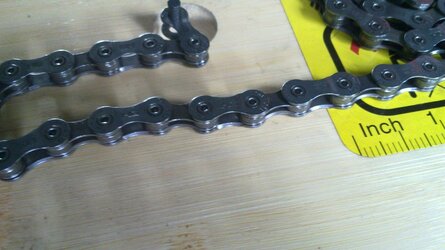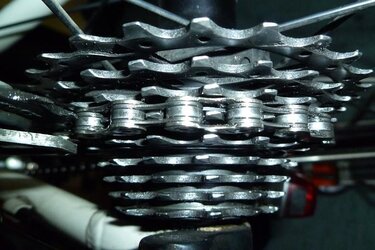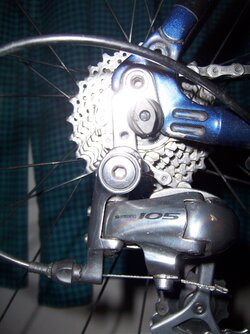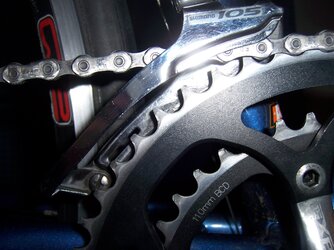HLaB
Marie Attoinette Fan
While we are on about it, my bikes need a good clean, the Bianchi has done three or four dry Sunday club runs and the Purin Hill TT and its now in this state.
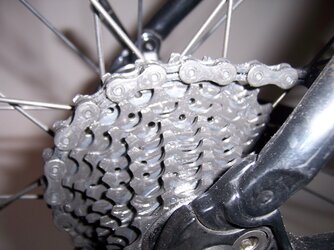
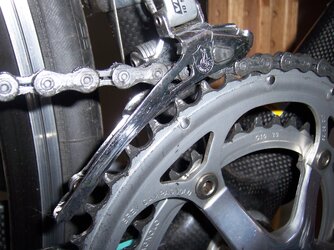
The kinesis got soaked a few weeks ago and got a good clean then but I've probably done 250 miles on it since it's now in this state.
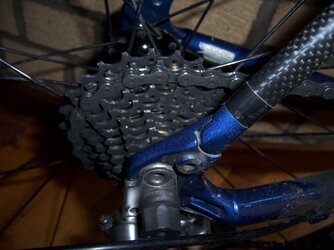
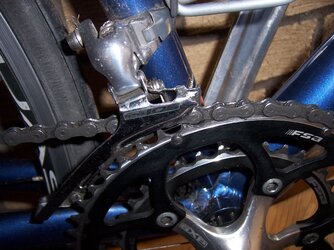
The Ridgeback is in dire need of cleaning, its now in this state and definitely a case of 'Clean that chain'
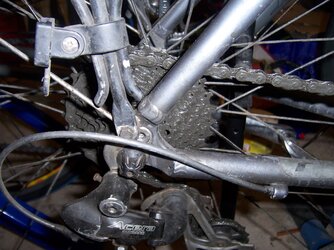
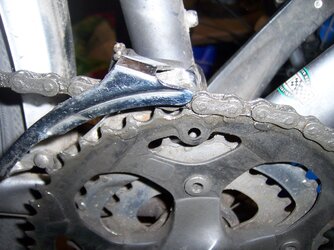
I don't know why but the Bianchi (Campy) seems to clean up better, it also seems to stay cleaner for longer but thats more to do with the environments its ridden in but even when the Kinesis 105 stays in the dry too it seems to get dirtier faster?


The kinesis got soaked a few weeks ago and got a good clean then but I've probably done 250 miles on it since it's now in this state.


The Ridgeback is in dire need of cleaning, its now in this state and definitely a case of 'Clean that chain'



I don't know why but the Bianchi (Campy) seems to clean up better, it also seems to stay cleaner for longer but thats more to do with the environments its ridden in but even when the Kinesis 105 stays in the dry too it seems to get dirtier faster?

